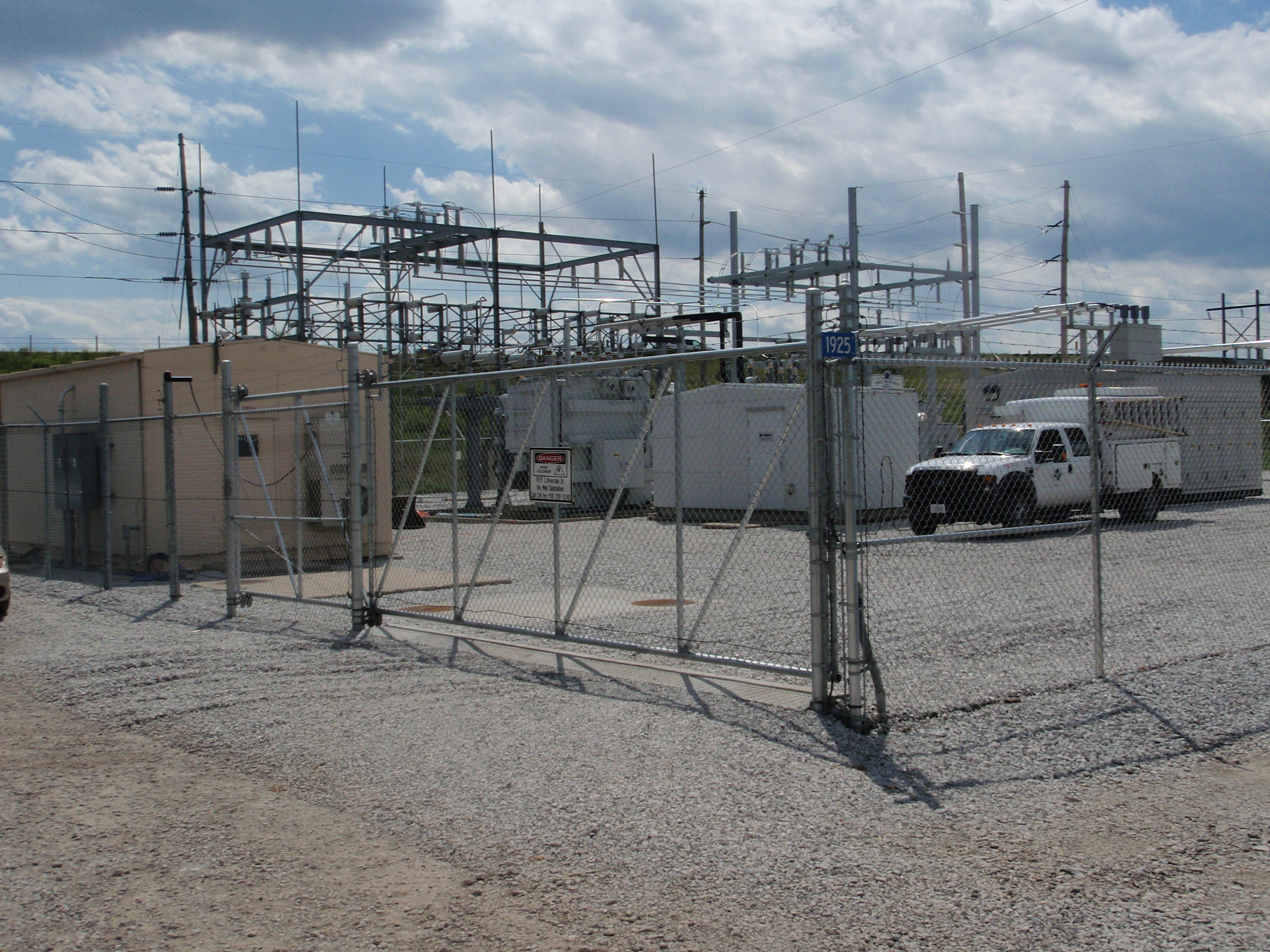Steam to Vet Med
The steam to Vet Med is the amount of steam currently being used in the Veterinary Medicine building and Lloyd Animal Hospital expressed in 1000 pounds of steam per hour. The steam is metered and billed to the College of Veterinary Medicine each month.
The steam is used for heating building spaces, to produce domestic hot water, for sterilization and other process needs. Once the energy from the steam is used, the steam condenses back to water and is returned to the Energy Plant where it is made into steam again. Faculty, staff and students can do their part to minimize steam usage by turning off steam operated equipment that is not being used, minimizing hot water usage, etc.
Power to Vet Med
The power to Vet Med represents the kilowatts of electricity currently being used by the Veterinary Medicine building, Lloyd Animal Hospital, LIDIF and Vet Med Child Care. This electricity is metered and billed to the College of Veterinary Medicine each month.
The electricity is used to operate building systems, lights, lab and research equipment, computers and many other items. Faculty, staff and students can do their part to minimize electricity consumption by turning off lights, lab and research equipment and other electrical items when they are not being used.
Hot Water to Vet Med
The hot water to Vet Med is the amount of hot water currently being provided by the heat recovery chiller to the Veterinary Medicine building and Lloyd Animal Hospital, expressed in BTUs per hour. This hot water is metered and billed to the College of Veterinary Medicine each month.
This hot water is used for re-heats in the building HVAC systems and to produce domestic hot water. If hot water demands are more than the heat recovery chiller can produce, the additional loads are picked up by the steam system.
Natural Gas Flow to Energy Plant
Natural gas is purchased from Alliant Energy. The natural gas is burned in the steam generators to produce steam for use in the Veterinary Medicine facility. Natural gas consumption peaks in the winter months. The gas consumption in standard cubic feet per hour, is the total consumption for the Energy Plant.
Power to Energy Plant
Electrical power is distributed to the Vet Med Energy Plant. The power is used to operate the chillers, cooling towers, steam generators and other related equipment. Like at home, the amount of electrical power used by the Energy Plant is highest in the summer months to provide cooling to the Vet Med complex. On hot summer days, the Energy Plant can use nearly as much electricity as the remainder of the complex. The power consumption shown here is the current electrical consumption for the Energy Plant in kilowatts.
Vet Med Substation
All electrical power for the Vet Med complex is purchased from the City of Ames. This power enters a large electrical substation located southeast of the Vet Med complex. The substation is owned by the City of Ames, but Iowa State shares in the operating and maintenance costs.
Power from this substation is distributed to Veterinary Medicine, the Lloyd Animal Hospital buildings, LIDIF, the Vet Med Child Care Facility and the Vet Med Energy Plant. The power consumption noted here is the current electrical consumption for all these facilities in kilowatts.
Chilled Water to Vet Med
The chilled water to Vet Med is the amount of cooling currently being used to cool the Veterinary Medicine building and Lloyd Animal Hospital, expressed in tons. The chilled water is metered and billed to the College of Veterinary Medicine each month.
The chilled water is used for cooling building spaces, computer rooms, telecommunication rooms and other process needs. In today's highly electrified world, a significant portion of the cooling load is caused by lighting, desktop computers, lab and research equipment and other electrical items. The electricity used by this equipment generates heat, which then requires cooling to remove that heat. By turning off electrical equipment when it is not needed, building occupants can reduce both the electricity and chilled water used by the building.
